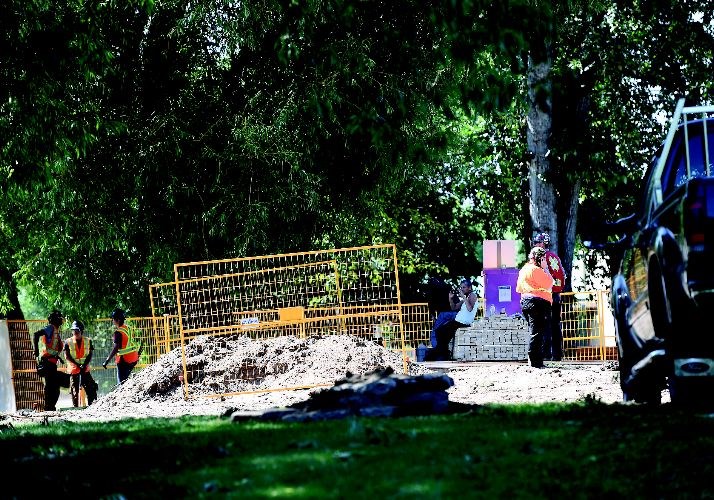Even 60 years ago, long before Canada's original inhabitants became politically active, before Aboriginal, First Nations, and Indigenous became the words they are today, when residential schools were still common, there was still decency.
That's where the unnamed city official speaking to The Citizen in May 1958 was coming from, reacting to the news parts of the cemetery in Fort George Park had been plowed over and the headstones removed the previous fall.
"A graveyard is a sacred thing that people do not remove," the city official said.
It wasn't removed in its entirety but there's no doubt that the original cemetery was once larger than the existing plot today. It took until 2015 but renaming Prince George's popular park as Lheidli T'enneh Memorial Park was appropriate and long overdue, considering a cemetery is the most important feature on the site.
Yet doing the decent thing isn't always straightforward and easy, especially when attempting to reconcile past injustices.
The renaming of the park, along with the unveiling next week on National Indigenous Peoples Day of a new pavilion celebrating the Lheidli T'enneh, are meaningful steps in the right direction.
Unfortunately, those steps can lead to a painful reopening of wounds that can never heal, as has been seen with the National Inquiry into Missing and Murdered Indigenous Women and now with the construction of the pavilion.
During last summer's construction, human remains of 12 individuals were discovered soon after digging began for the foundation.
For at least one elder, this was a horrible reminder of what was done in the fall of 1957 and how the surfacing of human bones has been dealt with since.
Besides requiring an archeologist on site and delaying completion of the project, it created a problem for Lheidli T'enneh Chief Dominic Frederick and his council about what to do with the remains, which were temporarily housed in The Exploration Place. Frederick acknowledged that problem last July.
"With the ground being disturbed and the graves being disturbed, they ended up over in another area," he said. "We don't want to put them back there, the elders have said you can't put them back to where they've been disturbed."
Which begs the question of where they should go.
Three of the remains were reburied early Saturday morning in the existing cemetery but it's uncertain what's happening with the other nine.
Frederick floated the idea last summer of a monument.
More recently, he has suggested a mausoleum, either at the park or at the city cemetery.
Whatever happens, the city official in 1958 was right - human remains are always sacred and must be handled with respect and sensitivity.
In Lheidli T'enneh Memorial Park, the new pavilion both marks a fresh page in the history of the Lheidli T'enneh and harkens back to a sad time of desecrated graves.
It's another stark reminder of William Faulkner's wise words about history, that "the past is never dead, it's not even past."
-- Editor-in-chief Neil Godbout



